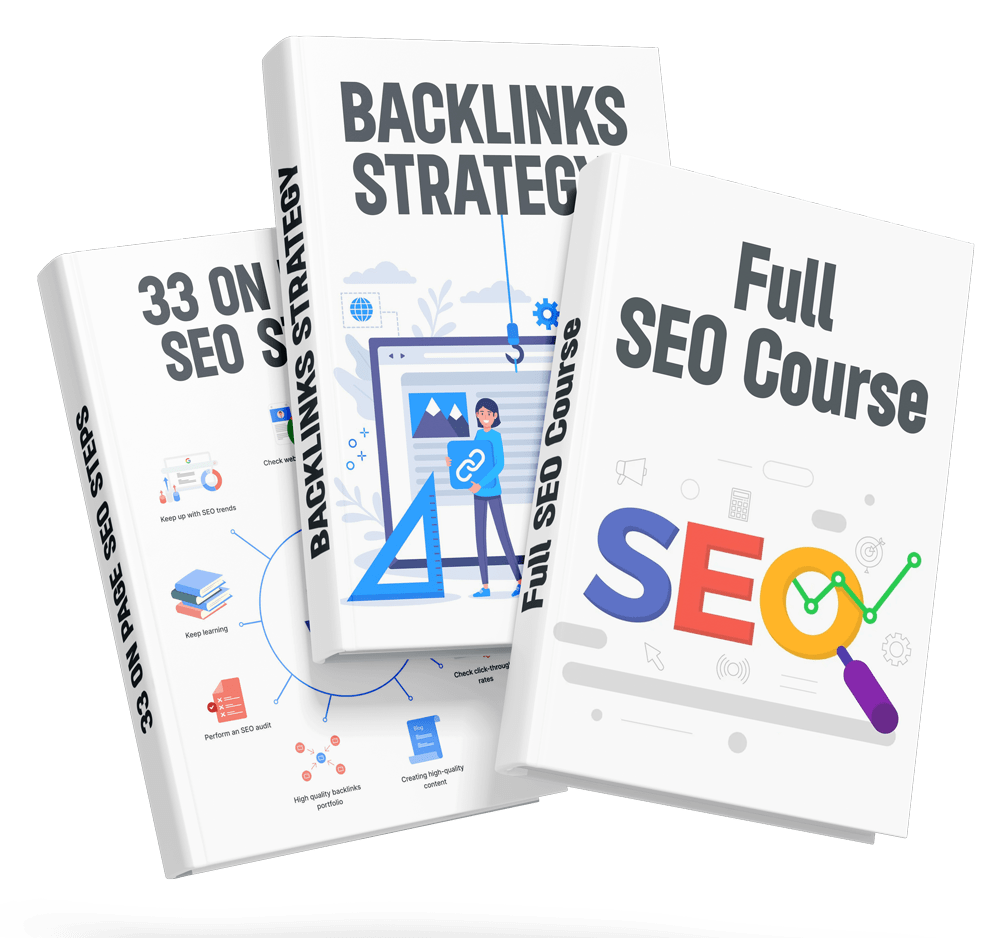In today’s fast-paced digital world, enterprise marketing teams must operate at peak efficiency to stay ahead. However, many teams struggle with inefficiencies, misaligned goals, and the challenge of integrating AI effectively.
Wix’s VP of Enterprise Marketing, Paula Ximena Mejia, shares actionable insights on how organizations can optimize their marketing teams, avoid common pitfalls, and leverage technology to drive better results.
Understanding Marketing Inefficiencies
Marketing teams often lose sight of their ultimate objectives, leading to inefficiencies. According to Paula, key reasons for these inefficiencies include:
- Siloed information and lack of cross-functional collaboration
- Bottlenecks in workflows causing slow execution
- Mismanagement of limited resources
Keeping the end goal in mind and eliminating these barriers ensures that marketing teams remain efficient and focused.
How to Address Misaligned Goals
Misaligned goals can derail even the best marketing strategies. To prevent this, organizations should:
- Set clear, measurable objectives that align with broader business outcomes
- Encourage cross-functional collaboration to unify team efforts
- Regularly review and refine strategies based on data analytics
Early engagement with stakeholders in strategy discussions ensures that marketing efforts stay aligned with company objectives.
Signs of Inefficiencies in Enterprise Marketing
Organizations may not always realize they have inefficiencies until they experience:
- Missed deadlines and underperforming campaigns
- Increased revisions due to unclear communication
- Inconsistent messaging across different marketing channels
- High turnover rates caused by resource constraints
Regular communication and performance tracking help detect and resolve these inefficiencies before they escalate.
Overcoming Resource Constraints
Resource limitations can hinder marketing performance, but they can be managed through:
- Evaluating team bandwidth and skills to identify gaps
- Prioritizing high-impact projects and eliminating low-priority tasks
- Leveraging cross-functional teams for flexibility and expertise
- Outsourcing specific tasks to access external expertise
- Conducting tech audits to optimize tools and automate repetitive tasks
Constantly refining team structures and processes ensures adaptability in an evolving market.
Integrating AI Effectively in Marketing
Many marketing teams use AI in isolated tasks, creating inefficiencies known as ‘AI silos.’ To fully utilize AI, companies should:
- Develop a centralized AI strategy with a project owner to oversee implementation
- Standardize AI tools and processes to maintain consistency
- Provide cross-team training to enhance AI collaboration
- Establish regular check-ins to share AI-driven insights and results
While AI can enhance marketing efforts, it should be used to complement human creativity rather than replace it.
Conclusion
Building a high-performing enterprise marketing team requires clear goal alignment, strong collaboration, effective resource management, and strategic AI integration.
By following these best practices, organizations can eliminate inefficiencies, improve marketing performance, and drive long-term success.
What challenges have you faced in enterprise marketing? Share your thoughts in the comments below!



